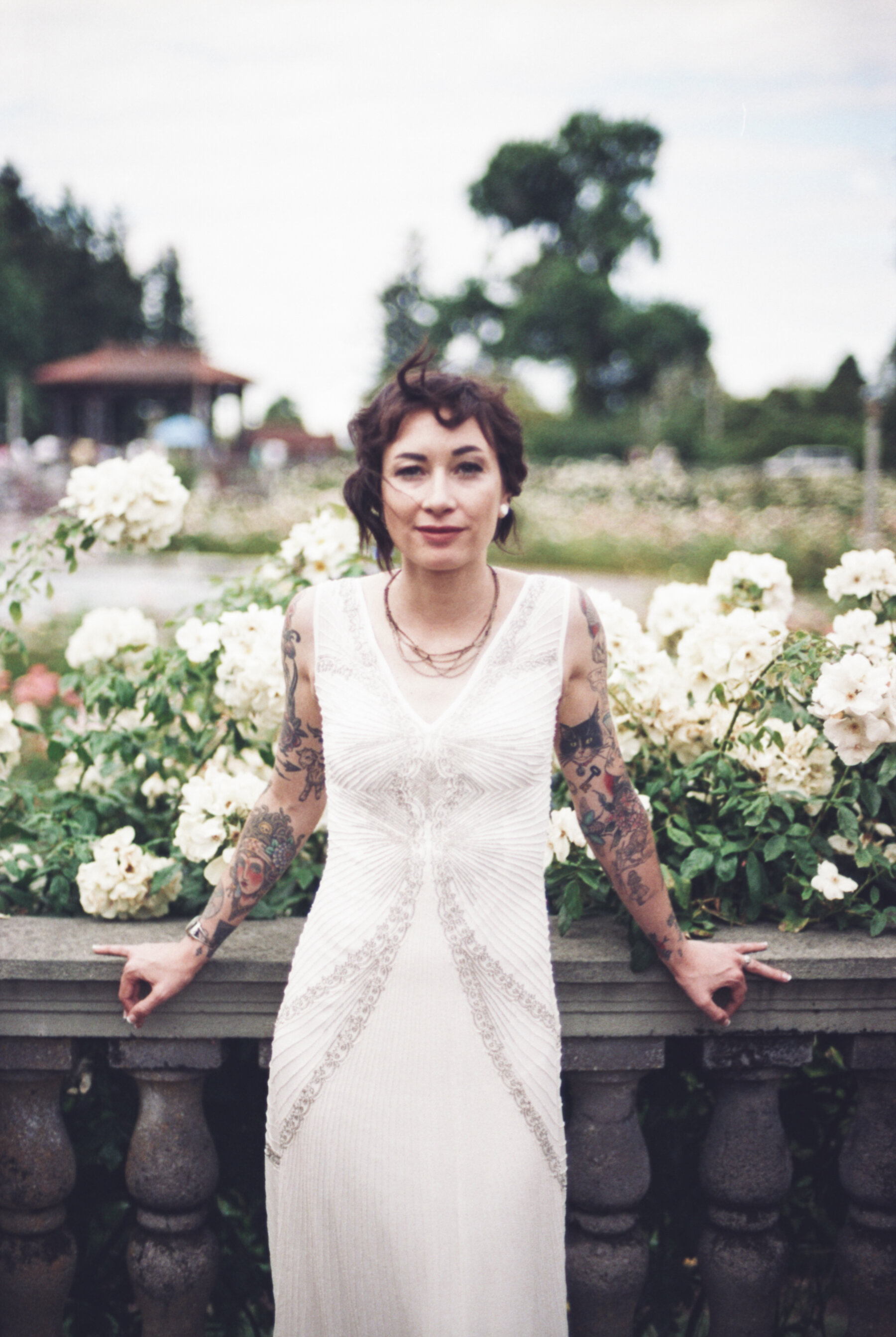

It's also important to note that with the Mamiya, it wasn't possible to use a neck strap with the winding grip installed, as the grip covered the strap lug on one side.Īt the time, I felt like I was holding an incredible piece of machinery, so I didn't those flaws. It was also very difficult to find a camera bag that could the camera comfortably disassembly made things more compact, but also meant wasted time for set-up and break-down. The grip and metered prism, while great in the hands and useful for quick shooting, made the camera quite heavy. While I was happy with the images I was getting from the Mamiya, the ergonomics of this type of system were a challenge. System cameras also allow you to choose between hand-cranked film advance or a battery operated winding grips (which again add weight and bulk).Īfter a few rolls with the Mamiya 645 Pro, it was clear to me that image quality was significantly better than what I was achieving with my Holga, and certainly an improvement over the Lubitel. Automated exposure is commonly only possible with metered prisms, but they're heaver and have a higher battery drain. Prisms are heavier and reduce the visible image area in your finder, meaning that you might get unexpected elements in your composition. WLFs are lighter and provide a 100% view of the focusing screen, but can only be used for landscape-orientation shooting. You can choose from waist-level finders, which allow you to look down onto a ground glass, or from traditional eye-level prism finders, both metered an un-metered. Interchangeable film backs allow you to swap film types mid-roll, or shoot preview images on instant film. Modular system cameras are very useful for some people. That said, the Pentax also allows simple adaptation of the fantastic lenses from the larger Pentax 6x7 SLR. The Pentax is actually less modular the film back, prism finder, and trigger grip are built-in. The Mamiya appealed to me because it can pair with the lens with the widest aperture for a medium format camera: an 80mm f/1.9. For example, the Bronica employs leaf shutter lenses (exclusively), which is great for flash shooters since you can sync at all shutter speeds. The Mamiya 645, Pentax 645, and Bronica ETR are common examples, each of which bringing something unique to the table. The most common medium format cameras are modular SLRs, which consist of a body, film back, finder, and lens as well as other optional accessories. Furthermore, medium format cameras themselves are designed completely differently than their 35mm relatives, adding a bit of intrigue. Even the 6x4.5 format, the smallest of the medium format aspect rations, offers twice the image size of 35mm film and seem to create a wholly different look. It wasn't long after I started shooting film that the inevitable happened: I was seduced by medium format (beyond my work with the Holga).


 0 kommentar(er)
0 kommentar(er)
